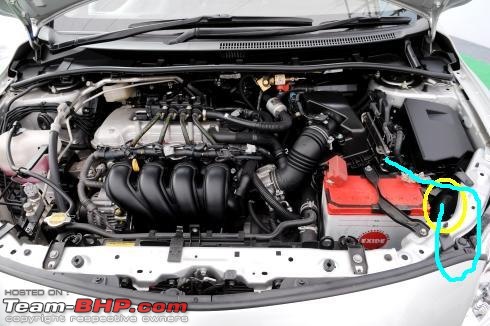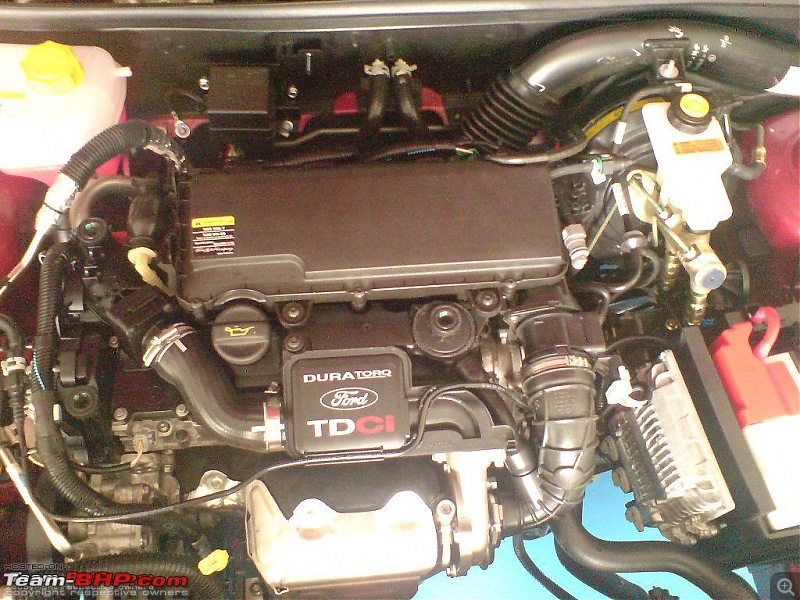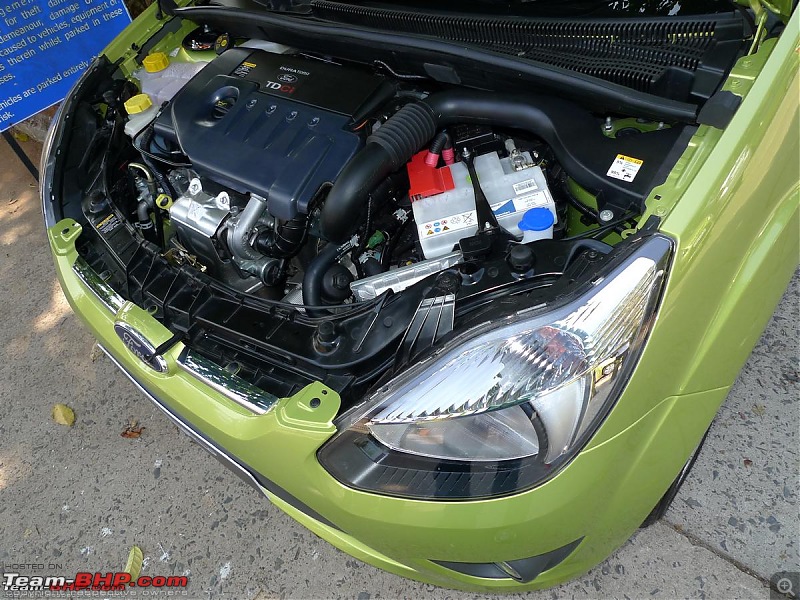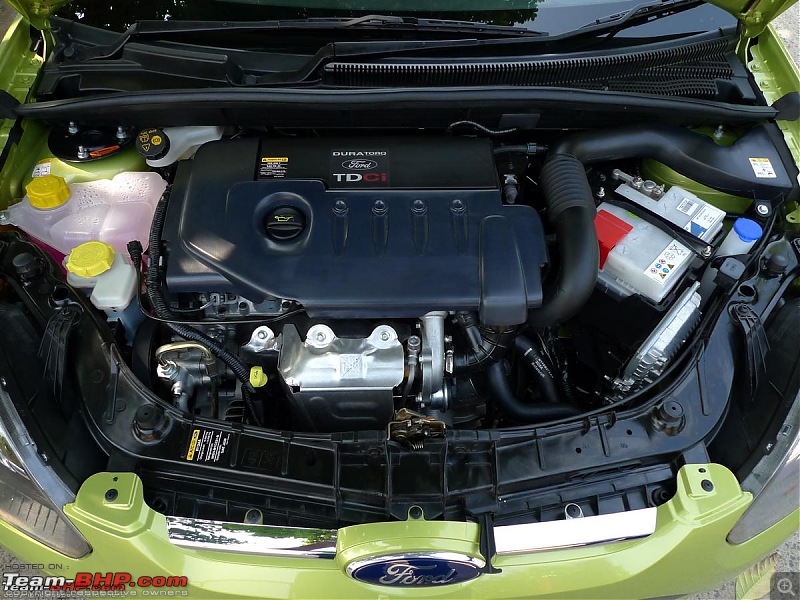| | #1 |
| BHPian Join Date: Jan 2010 Location: London
Posts: 579
Thanked: 35 Times
| |
| |  (2)
Thanks (2)
Thanks
|
| |
| | #2 |
| Team-BHP Support  | |
| |
| | #3 |
| Senior - BHPian Join Date: Jul 2006 Location: mumbai
Posts: 1,321
Thanked: 47 Times
| |
| |
| | #4 |
| BHPian Join Date: Jan 2010 Location: London
Posts: 579
Thanked: 35 Times
| |
| |
| | #5 |
| BHPian | |
| |
| | #6 |
| Senior - BHPian | |
| |
| | #7 |
| Senior - BHPian Join Date: Jul 2006 Location: mumbai
Posts: 1,321
Thanked: 47 Times
| |
| |
| | #8 |
| BHPian Join Date: Jan 2010 Location: London
Posts: 579
Thanked: 35 Times
| |
| |
| | #9 |
| BHPian Join Date: Jul 2009 Location: Hubli
Posts: 482
Thanked: 448 Times
| |
| |
| | #10 |
| BHPian Join Date: Jan 2010 Location: London
Posts: 579
Thanked: 35 Times
| |
| |
| | #11 |
| Senior - BHPian Join Date: May 2005 Location: Location
Posts: 5,766
Thanked: 9,057 Times
| |
| |
| |
| | #12 |
| BHPian Join Date: Jan 2010 Location: London
Posts: 579
Thanked: 35 Times
| |
| |
| | #13 |
| BHPian Join Date: Jul 2009 Location: Hubli
Posts: 482
Thanked: 448 Times
| |
| |
| | #14 |
| Senior - BHPian Join Date: May 2005 Location: Location
Posts: 5,766
Thanked: 9,057 Times
| |
| |
| | #15 |
| Team-BHP Support  | |
| |
 |
Most Viewed






 Designing a good intake is an art in itself.
Designing a good intake is an art in itself.


